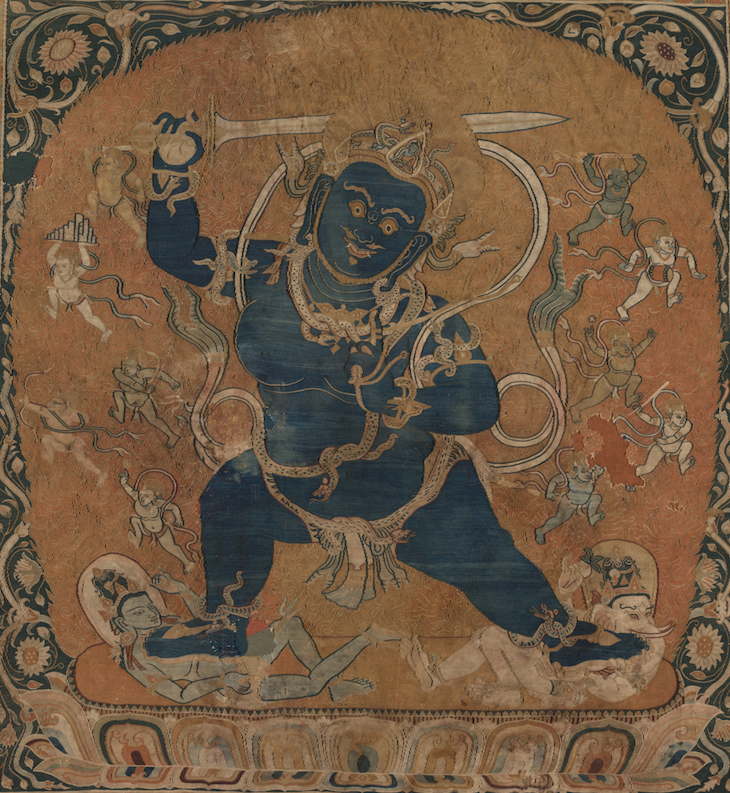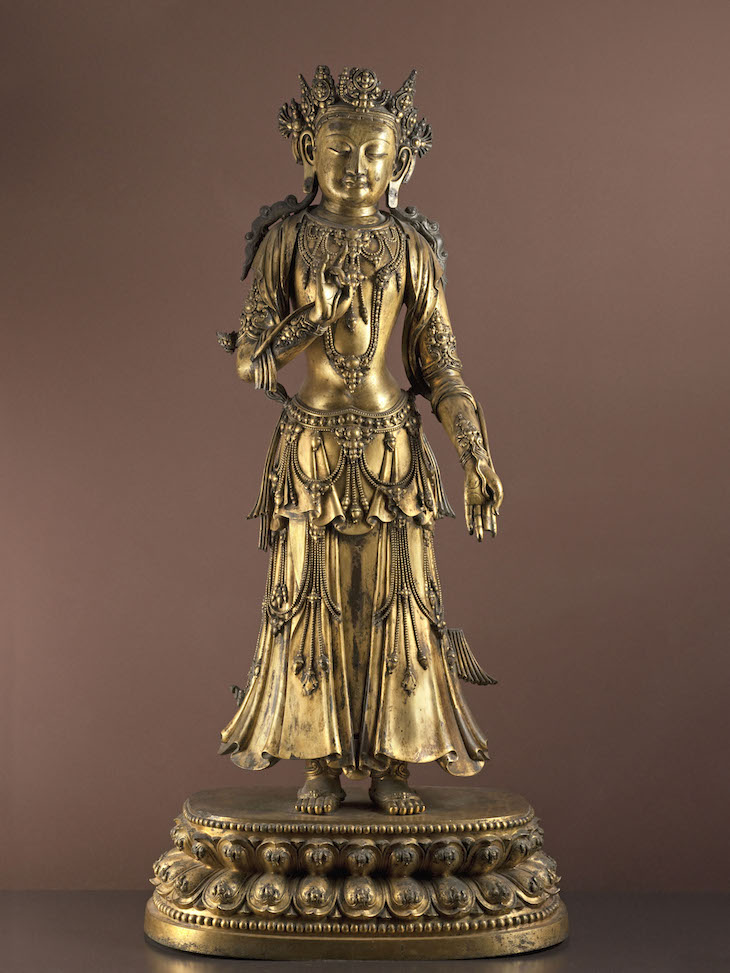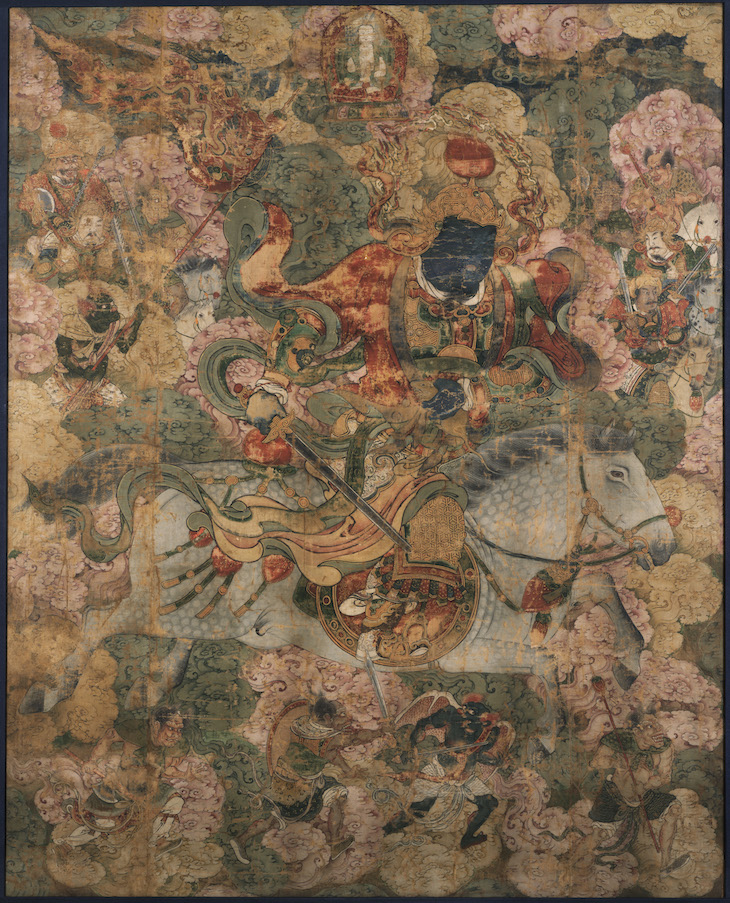This exhibition examines how art has been used in the Tibetan Buddhist tradition to consolidate political power. Images were essential to magical tantric rites, as well as the propagation of models of sacral kingship, as the more than 60 objects on show here, ranging from the 8th to the 19th century, attest. Find out more from the Rubin Museum’s website.
Preview the exhibition below | See Apollo’s Picks of the Week here

Achala, King of the Wrathful Ones (early 13th century), Khara Khoto, Tangut Xia, Inner Mongolia. Photo: © Cleveland Museum of Art

Bodhisattva (1402–24), probably Qutan Temple, Qinghai Province, China. Photo: © Stéphane Piera/Musée Cernuschi, Paris/Roger-Viollet

Qubilai Khan Naming Phakpa Imperial Preceptor (late 15th–16th century), attributed to Khyentse Chenmo, Tibet. Art Gallery of Greater Victoria. Photo: Stephen Topfer

Kubera, Master of Horses and Guardian- General of the Southeast (c. 1516), China, Ming dynasty, Zhengde period (1506–1521). Musée des arts asiatiques—Guimet, Paris. Photo: © P. Pleynet/RMN-GrandPalais/Art Resource, NY











![Masterpiece [Re]discovery 2022. Photo: Ben Fisher Photography, courtesy of Masterpiece London](http://www.apollo-magazine.com/wp-content/uploads/2022/07/MPL2022_4263.jpg)
What would Jane Austen say?